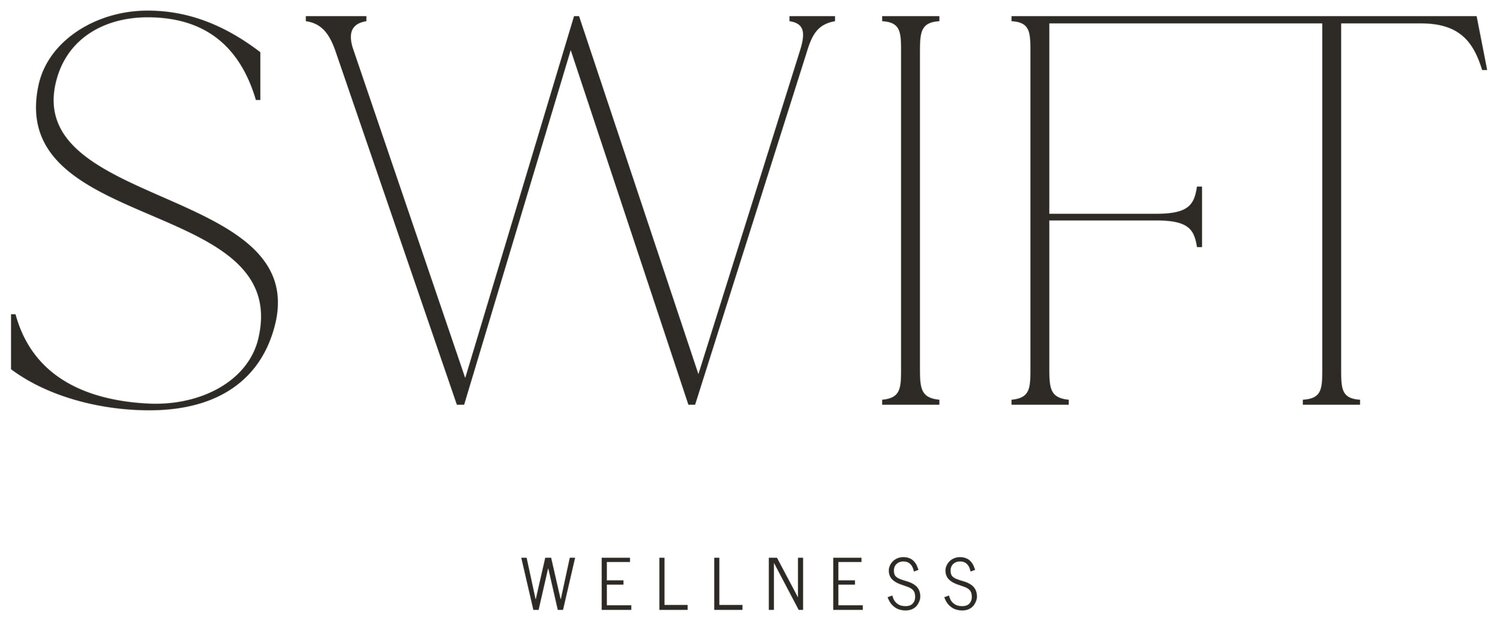The 5 Boundaries You Can Set For Yourself During The Holidays
While moving into the holiday season there can be so much excitement and joy and it can also bring up some high-intensity emotions. For many, there can be increased family time, (maybe) travel, and other expectations that come with this time of year.
Creating a holiday season that is nourishing and emotionally fulfilling means we have to have clear boundaries with ourselves and the people in our lives. Boundaries look different for everyone, but being able to identify what we need and when to communicate them are a good start for the holiday self care checklist.
What Are The Benefits of Creating Boundaries?
Boundaries are all about setting expectations and establishing how we want to navigate our relationships. Creating those expectations gives us more emotional resources to move through different environments and help us stay in connection with the people we care about. Boundaries also help us live in alignment with our values and belief systems, which helps us stay in connection with ourselves. Staying in connection to ourselves allows us the emotional resources to be in relationship.
How Do We Create Boundaries, Specifically During the Holidays?
It’s helpful for me to break up boundaries into four different categories: time, emotional, physical, and mental. I also find it helpful to think of boundary setting as having three different dials depending on what your situation looks like. You can think of it as a low, medium, and high dial boundary setting because—let’s be honest—not everyone has the same ability to set boundaries in the same way, especially if you are participating in family holidays. So, having different “levels” for situations may be helpful.
An example of the dials in action: if someone is talking about bodies and diets over the holidays, a low dial boundary may be, “Hey, can you please not make comments about my body?” A medium dial boundary may be, “I would appreciate it if you didn’t talk about diets while I am present.” A high dial boundary may sound like, “Can you please not comment on anyone’s body or make comments about what people are eating?”
However, at the end of the day, it is absolutely okay for a boundary to be non-negotiable and you are responsible for communicating and enforcing your own in the ways that align with your values.
“I also find it helpful to think of boundary setting as having three different dials depending on what your situation looks like. You can think of it as a low, medium, and high dial boundary setting...”
How to Set a Boundary
Before we go any further, here is a quick rundown of how to set a boundary:
Define the boundary you desire.
Communicate clearly and directly.
You do not have to over explain yourself.
Communicate why that boundary is important for you.
If needed, explain the consequences of that boundary not being respected (i.e. no longer having access to your time, energy, relationship, etc.)
Now that we know why boundaries are important, we can get into what kind of boundaries we may need to set. Here are some questions to ask yourself when figuring out what your boundaries look like for you:
Time Boundaries
How long can I stay at whatever event I’m attending?
Do I need to put a time limit on it to make sure I don’t deplete all my energy?
Who do I need to communicate that time limit to?
Emotional Boundaries
How can I take care of myself when I feel overwhelmed?
Do I have an action plan to regulate if and when I do get overwhelmed and am I in community with people who I can safely communicate that to?
How can I advocate for emotional wellness in the spaces I am in?
Physical Boundaries
Are hugs or handshakes okay?
Would you prefer to have an event over Zoom or FaceTime to protect your health during this time?
Do you prefer that people wear masks?
Do you need to communicate that you’d prefer people don’t comment on your body or the bodies around you?
“At the end of the day, we can think of our boundaries as a doorway. We get to decide who comes in, who stays out, and we get to teach the people around us how to come into our lives and how to navigate the house we let them inside of.”
Mental Boundaries
Are there other things you don’t want to talk about with certain people to maintain your psychological well being?
Are there people in your life that you need to forgo seeing during the holidays to maintain your mental health?
At the end of the day, we can think of our boundaries as a doorway. We get to decide who comes in, who stays out, and we get to teach the people around us how to come into our lives and how to navigate the house we let them inside of. Sometimes, it’s not safe to let people into that door—or even show them that door—and that is okay and valid. No matter what though, your door is yours and can be opened, closed, and guarded in whatever way is best for you.
Use a Self-Care Checklist for Extra Support
Also: in the event you find yourself in a situation where you need support during this season, here is a self-care checklist to return to if you need some extra support:
Plan a self-care day before the event you are attending. This way, your cup is full and replenished for any situation you may find yourself in.
Do not be afraid to leave the situation you are in.
In the event you do want to leave, it’s okay to have an alternative plan. Sometimes the plan we think we have for the season may not be the best for our wellness, so it’s okay to have a plan B.
Ask a friend if they have the capacity to FaceTime or text you if you are in a high-stress situation.
Have a self-care pack with you. That may look like having a fidget toy to play with if you get anxious, some CBD oil if that helps you feel calmer, a snack if you are feeling like you need some nourishment, or a water bottle to make sure you stay hydrated throughout the day.








